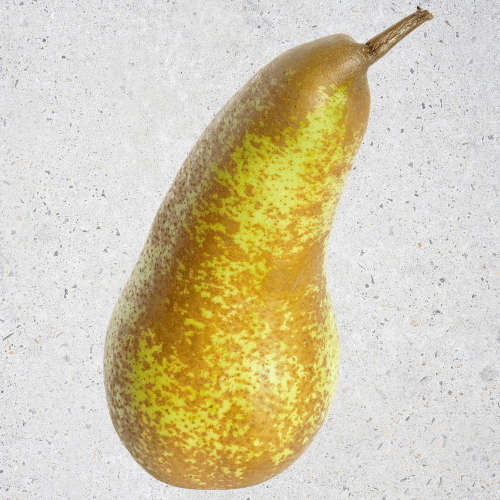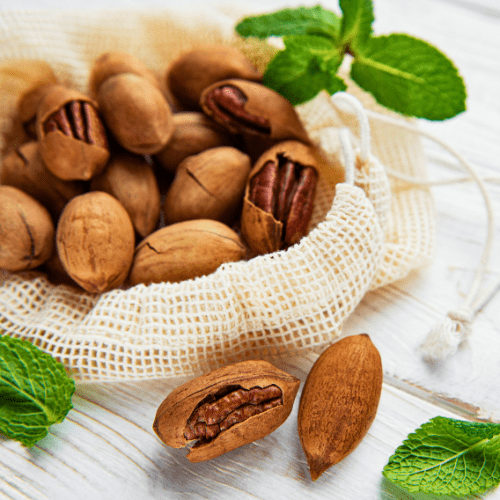Position
This pear tree grows well in a partially sunny spot. It is a hardy tree that does well in most settings.
Size
The Abate Fetel pear tree grows to an average height of 3 to 5 metres.
Soil Type
A light, sandy soil that drains well is perfect for this tree. This type of soil is loose enough to stay moist, while not becoming flooded, and for allowing the roots to grow through it with ease. A neutral pH (around 7) works best.
Watering
Newly planted pear trees need frequent watering to establish their root systems. Water them deeply once a week during their first growing season. Ensure the soil stays consistently moist but not waterlogged.
Established Trees: Once established, pear trees are less needy but still require regular watering, especially during dry periods. A mature pear tree generally needs about 1 inch of water per week from rainfall or supplemental irrigation.
Water deeply to encourage deep root growth. Shallow watering can lead to shallow roots, which makes the tree more susceptible to drought. Apply water slowly to allow it to penetrate the soil thoroughly. Drip irrigation systems deliver water directly to the root zone, minimizing water wastage and reducing the risk of fungal diseases that can occur with overhead watering.
The frequency of watering depends on the weather, soil type, and tree age. Sandy soils drain quickly and may require more frequent watering, while clay soils retain moisture longer.
Mulching
Apply organic mulch to your pear tree all year round.
Use from 2 to 5 centimetres of pine bark mulch to protect the roots from UV damage and drying out. It retains moisture, and maintains an optimal pH. Do not let mulch touch the plant stem, as it may cause infection or rot.
Fertilising
Apply our slow-release all-plant fertiliser. Apply 1 teaspoon every 4-5 months. The roots will absorb what they need.
Alternatively, apply a balanced fertiliser (such as 10-10-10) in early spring before new growth begins. Thereafter fertilise annually in early spring.
Pruning
Prune pear trees during late winter to early spring to minimize stress and reduce disease risk. Light summer pruning controls tree size and shape, removes water sprouts, and improves air circulation. Avoid heavy pruning in summer to prevent stress and reduce fruiting.
Remove dead, diseased, and damaged wood. Create an open-center structure to reduce fungal disease risk and promote better fruit development. Remove crossing or rubbing branches to prevent damage and allow for proper growth.
Focus on developing a strong central leader or scaffold of branches for fruit support and to withstand stress. Maintain a balanced shape for young trees and regularly remove excess growth for mature trees. Cut back to a healthy bud at a slight angle to encourage new growth and promote healing.
Pests and Diseases
Regularly inspect the tree for signs of pests such as aphids, scale insects, and peach tree borers. Treat promptly or preferrably use preventative measures by spray with agricultural Neem Oil or Effective Microorganisms (EM Control)
Disease prevention: Common peach diseases such as peach leaf curl, brown rot, and powdery mildew. Apply appropriate fungicides if necessary or continue with Neem oil or EM Control as a preventative.
Peach trees need regular spraying before the onset of fruit and immediately after buds turn to small fruit. Continue organic spraying regularly for good-quality peaches.
Thinning Fruit
Thin fruit in early summer when they are small, to promote larger, healthier fruit and prevent branch breakage due to excessive weight.
Harvesting
Pick your Abate Fetel pears when they are soft to the touch and the fruit easily loosen from the tree when held in your hand and lifted.






